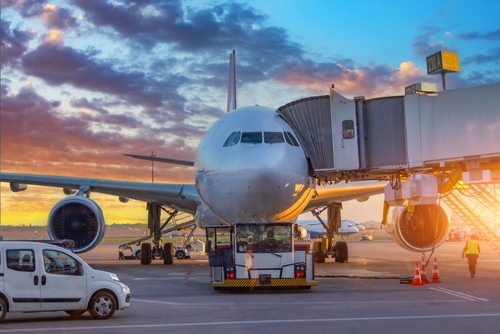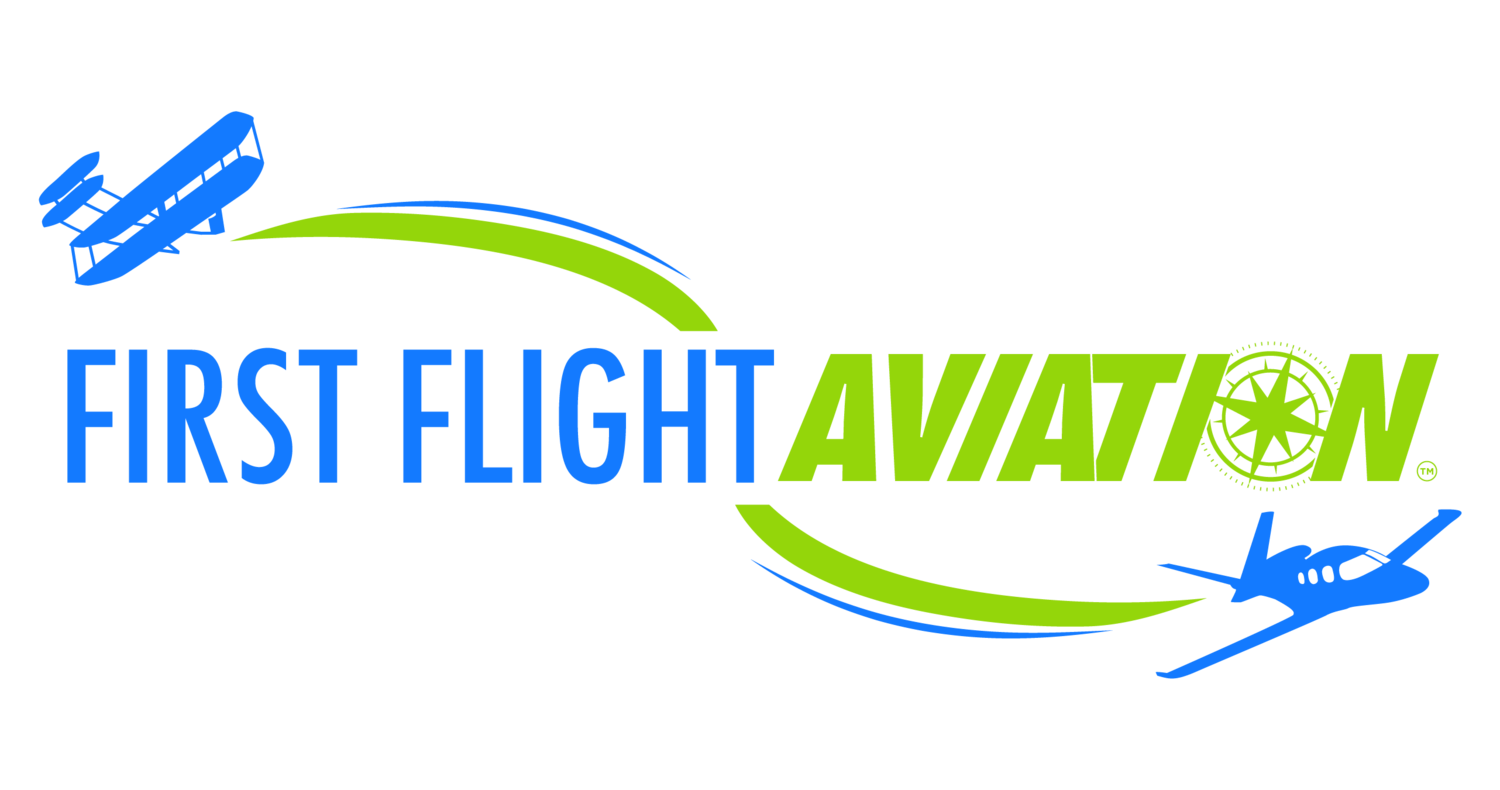
In recent years, the aviation industry has seen significant advancements in technology to enhance safety and efficiency in the skies. One such innovation is Automatic Dependent Surveillance-Broadcast (ADS-B), a system that uses GPS technology to provide real-time tracking of aircraft and improve situational awareness for pilots and air traffic controllers. With mandates requiring aircraft to be compliant with ADS-B requirements, it is essential for aircraft owners and operators to understand how to get their aircraft compliant with these regulations. In this blog post, we will discuss some key steps and considerations to help you navigate the process of making your aircraft ADS-B compliant.
Call First Flight Aviation! (937) 885-5580
Understanding ADS-B Regulations and Requirements
Before diving into the process of making your aircraft compliant with ADS-B requirements, it is crucial to understand the regulations and mandates that govern the use of this technology. In the United States, the Federal Aviation Administration (FAA) has mandated that aircraft operating in controlled airspace must be equipped with ADS-B Out technology to broadcast their position and other relevant information to air traffic control and other aircraft.
The ADS-B Out system transmits the aircraft’s identification, altitude, airspeed, and GPS position to ground stations and other aircraft, enabling real-time tracking and enhanced situational awareness. Additionally, ADS-B In technology allows aircraft to receive information from ground stations and other equipped aircraft, enhancing safety and communication in the airspace.
Assessing Your Aircraft’s Needs and Compatibility
The next step in getting your aircraft compliant with ADS-B requirements is to assess its needs and compatibility with the technology. Determine the type of ADS-B system that is suitable for your aircraft based on its size, complexity, and intended use. There are various types of ADS-B systems available on the market, ranging from basic solutions for small aircraft to more advanced options for larger and more complex aircraft.
Consider your aircraft’s avionics suite, cockpit layout, and existing equipment when selecting an ADS-B system. Some aircraft may require additional upgrades or modifications to integrate ADS-B technology seamlessly with the existing avionics and systems. Consult with a qualified avionics technician or installer to assess your aircraft’s compatibility and determine the best solution for making it ADS-B compliant.
Choosing the Right ADS-B System and Equipment
Once you have assessed your aircraft’s needs and compatibility with ADS-B technology, it is time to choose the right ADS-B system and equipment for your aircraft. There are two main types of ADS-B systems: 1090 MHz Extended Squitter (ES) and Universal Access Transceiver (UAT). The FAA requires aircraft operating above FL180 to be equipped with a 1090 MHz ES system, while aircraft flying below FL180 can use a UAT system.
Consider the features, capabilities, and requirements of each type of ADS-B system to determine which one best suits your aircraft and operational needs. Select equipment from reputable manufacturers that meet FAA certification standards and provide reliable performance and support. Work closely with your avionics technician or installer to ensure that the chosen ADS-B system is compatible with your aircraft’s avionics and systems.
Installation and Integration of ADS-B Equipment
After selecting the right ADS-B system and equipment for your aircraft, the next step is to install and integrate the technology into your avionics suite. Hire a qualified avionics technician or installer with experience in installing ADS-B equipment to ensure that the installation is done correctly and complies with FAA regulations and guidelines.
Coordinate with your avionics technician to schedule the installation of the ADS-B equipment at a reputable avionics facility. Provide all necessary documentation, including aircraft registration, maintenance records, and equipment specifications, to facilitate a smooth and efficient installation process. Plan for any downtime or disruptions to your aircraft’s operations during the installation period and communicate with relevant parties to minimize any impacts on your schedule.
Testing and Verification of ADS-B System
Once the ADS-B equipment has been installed and integrated into your aircraft, it is essential to test and verify that the system is functioning correctly and transmitting data accurately. Conduct ground tests and flight tests to ensure that the ADS-B Out system is broadcasting the required information, such as aircraft identification, altitude, and GPS position, to ground stations and other aircraft.
Work closely with your avionics technician and air traffic control to verify that your ADS-B system is compliant with regulations and performance standards. Address any issues or discrepancies that may arise during testing to ensure that your aircraft’s ADS-B equipment meets the required specifications and provides reliable and accurate data transmission.
Submitting Documentation and Certification
After successfully installing and testing your aircraft’s ADS-B system, the final step is to submit documentation and obtain certification of compliance with ADS-B requirements. Complete all necessary paperwork, including FAA Form 337 for the ADS-B installation, and submit it to the FAA for review and approval.
Provide documentation of the ADS-B equipment, installation, and testing to demonstrate compliance with regulations and standards. Once the FAA has reviewed and approved your submission, you will receive a certification of compliance with ADS-B requirements for your aircraft. Keep all relevant documentation and certifications on file for future reference and inspection by regulatory authorities.
Maintaining Compliance and Performance
After obtaining certification of compliance with ADS-B requirements, it is essential to maintain the performance and functionality of your aircraft’s ADS-B system to ensure continued compliance with regulations. Schedule regular maintenance and inspections of the equipment to detect any issues or malfunctions that may affect the system’s performance.
Stay informed about updates and changes to ADS-B regulations and standards to ensure that your aircraft remains compliant with current requirements. Consider upgrading or updating your ADS-B system as needed to take advantage of new features, capabilities, and improvements in technology. By maintaining the performance and compliance of your aircraft’s ADS-B system, you can enhance safety, communication, and situational awareness in the airspace for yourself and other aircraft.
Summary
Getting your aircraft compliant with ADS-B requirements involves assessing your needs, choosing the right equipment, installing and integrating the technology, testing and verifying the system, submitting documentation, and maintaining compliance and performance. By following these key steps and considerations, you can navigate the process of making your aircraft ADS-B compliant and enhance safety and efficiency in the skies. Stay informed, work closely with qualified professionals, and prioritize safety and compliance to ensure a successful and seamless transition to ADS-B technology for your aircraft.
Need a Fixed-Base Operator in Dayton, OH?
Looking to ensure your aircraft meets ADS-B requirements seamlessly? Look no further than First Flight Aviation. Our team specializes in navigating the complexities of ADS-B compliance, from assessing your aircraft’s needs to choosing the right equipment and ensuring proper installation. With our expertise and dedication to safety, we’ll guide you through every step of the process, so you can take to the skies with confidence. Reach out to us today and let’s make your aircraft ADS-B compliant together!
